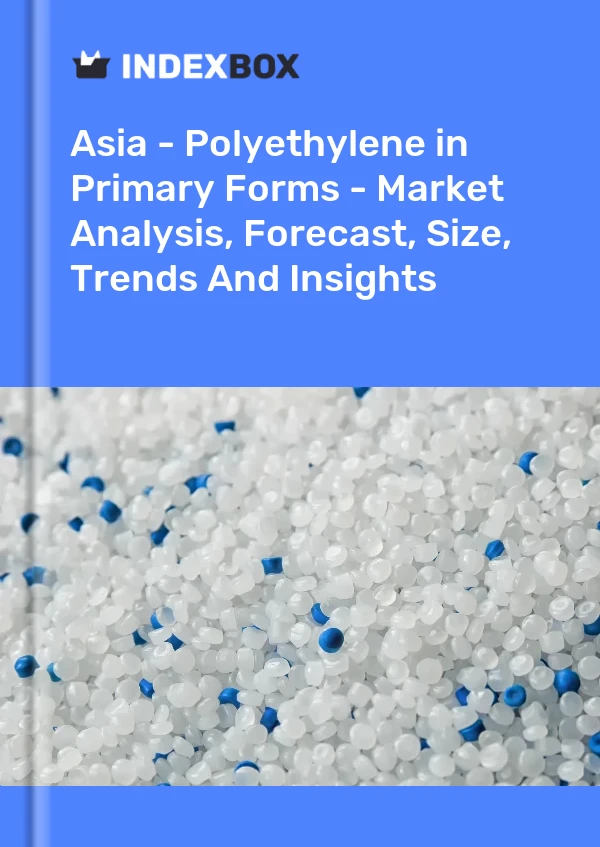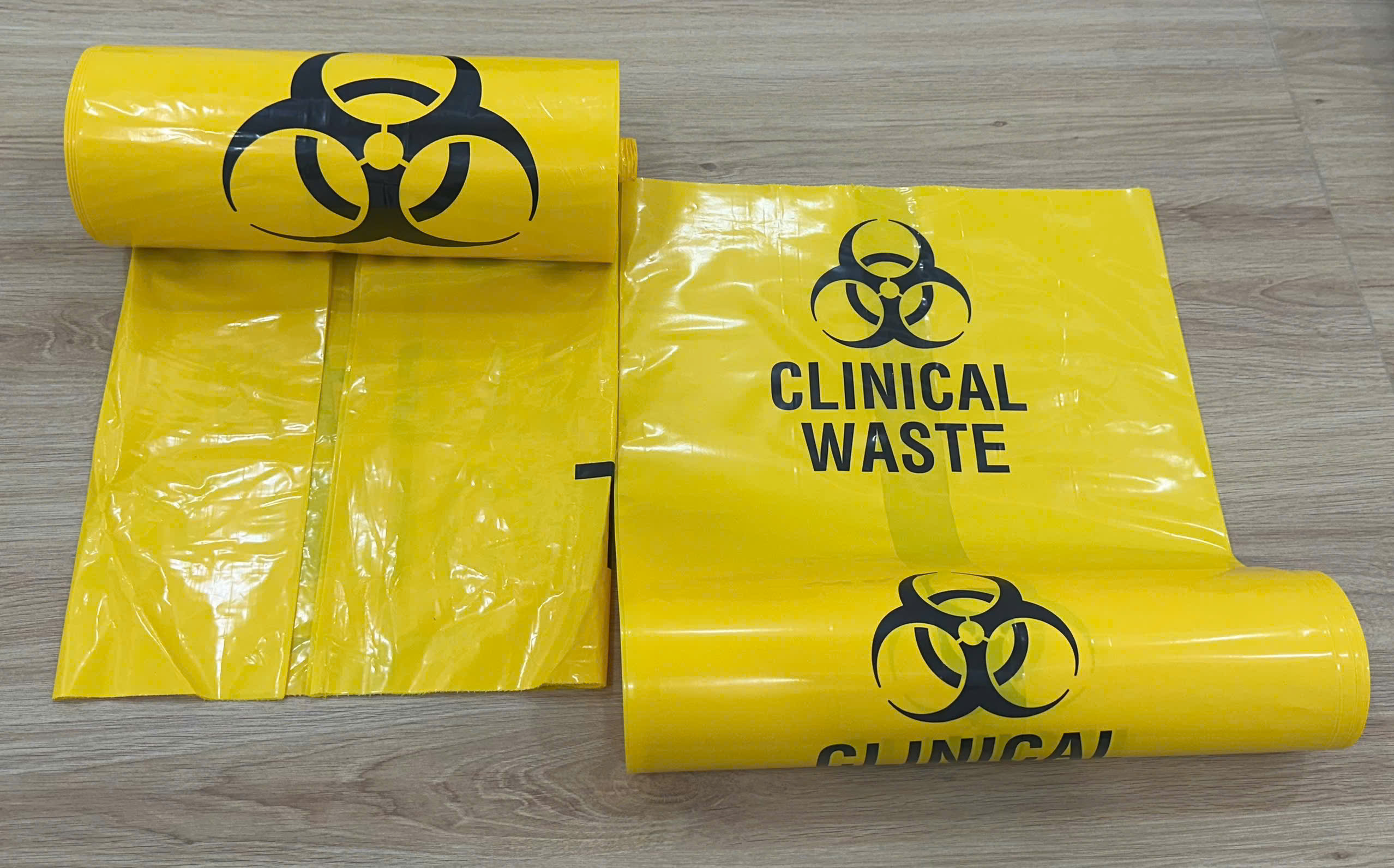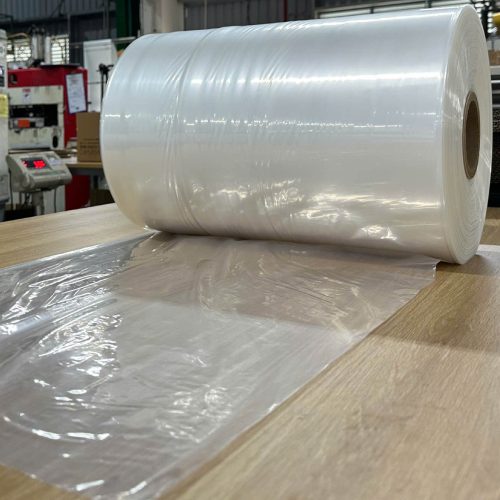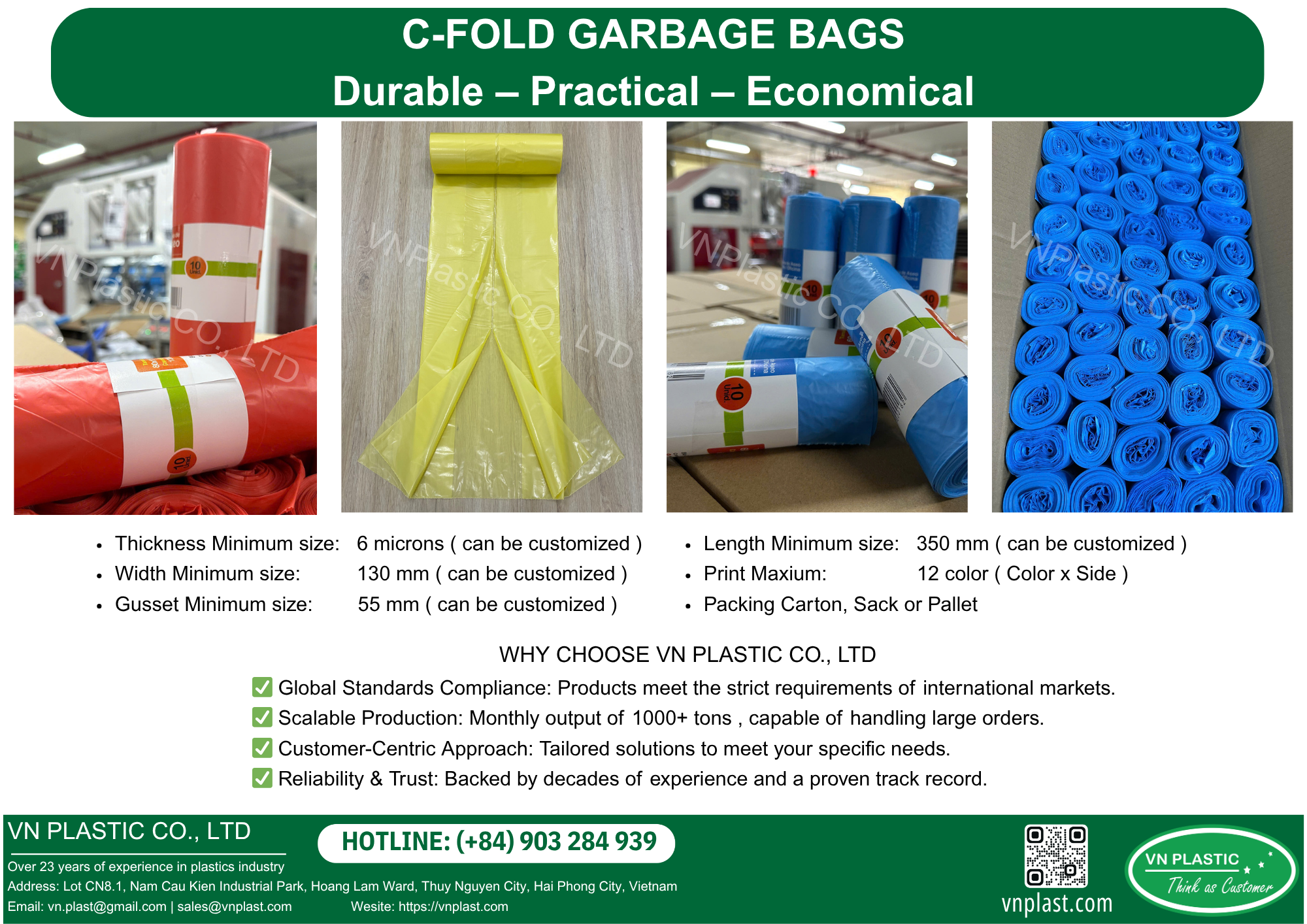A new report from IndexBox offers a detailed analysis of the non-cellular polyethylene films, sheets, foil, and strip market in the Gulf Cooperation Council (GCC) region base on Polyethylene Market Forecasts. In 2024, the market consumed a substantial 836,000 tons valued at $1.6 billion, with Saudi Arabia leading consumption and production. Experts predict a steady growth trajectory over the next decade, with an expected compound annual growth rate (CAGR) of 2.9% in volume and 4.9% in value, which could elevate market statistics to approximately 1.1 million tons and $2.8 billion by 2035.
Current Market Overview Polyethylene Market Forecasts

The GCC region’s production of non-cellular polyethylene products reached 961,000 tons in 2024, showing an increase from previous years. While imports dipped to 71,000 tons, exports rose significantly to 196,000 tons. Saudi Arabia remains dominant, spearheading both production—at 654,000 tons—and exports at 164,000 tons. The United Arab Emirates follows as the main importer with 32,000 tons of non-cellular polyethylene products. Evaluating per capita consumption, Kuwait leads with a notable 18 kg per person, highlighting significant domestic demand.
Key Findings
- The market is projected to reach 1.1 million tons by 2035, growing at a volume CAGR of 2.9%.
- Saudi Arabia holds a robust 61% share of total consumption and 68% share of production in the GCC.
- The region demonstrates notable production surplus, producing 961,000 tons against its 836,000 tons consumption in 2024.
- Kuwait observes the highest per-capita consumption within the region.
- Export prices saw a decline of 18.1%, landing at $1,696 per ton despite an increase in exports by 4.5%.
Detailed Consumption Patterns

In 2024, the GCC recorded a consumption increase of 6.4% compared to 2023 figures, bringing total consumption of non-cellular polyethylene products to 836,000 tons. Analyzing trends from 2013 to 2024 reveals an annual growth rate of 2.1%, although fluctuations were noted. The market value reflected a decrease to $1.6 billion, which is a dip of 5.6% compared to the previous year, despite showing an annual growth rate of 2.2% over the review period.
Breakdown by Country
Saudi Arabia led total consumption with 507,000 tons, accounting for approximately 61% of the market. The United Arab Emirates trailed with 148,000 tons, and Kuwait followed with 79,000 tons, each holding a share of 9.5%.
Average annual growth rates between 2013 and 2024 for these countries were established as follows:
- Saudi Arabia: 2.2%
- United Arab Emirates: 0.6%
- Kuwait: 2.5%
In terms of market value, Saudi Arabia retained the leading position at $801 million, while the UAE coincidentally reported a value of $388 million.
Production Landscape

The GCC saw production figures soar to 961,000 tons in 2024, marking an increase of 8.1% from the previous year. Over the years, the average annual production rate stood at 2.3%. The peak was achieved in 2022, when production reached 1 million tons.
Saudi Arabia produced 654,000 tons, representing 68% of total GCC production, outpacing the UAE by five times, which recorded a production of 145,000 tons.
From 2013 to 2024:
- Saudi Arabia achieved a 2.7% growth rate.
- The United Arab Emirates recorded a meager growth of 0.1% annually.
- Kuwait’s production grew at 2.0% per year.
Imports and Exports: Trends and Analysis
Import Trends
After a three-year growth streak, GCC imports fell by 15.7% to 71,000 tons in 2024. Notably, the UAE maintained its status as the leading importing nation, accounting for 45% of total imports. The overall import value decreased to $213 million in 2024, demonstrating an annual growth rate of 4.1% throughout 2013-2024.
Import figures from 2013 to 2024 highlighted Kuwait as the fastest-growing importer with a CAGR of 8.8%. The following import statistics reveal:
- UAE: 32,000 tons ($90 million)
- Saudi Arabia: 18,000 tons ($59 million)
- Oman: 9,500 tons ($29 million)
Export Trends
Exports from the GCC improved to 196,000 tons in 2024, reflecting a growth of 4.5%. However, this represented a 15.2% decrease compared to the peak year of 2022. Saudi Arabia dominated this sector as well, constituting 84% of total exports with 164,000 tons.
The breakdown in value showed Saudi Arabia leading at $244 million, while the UAE followed with $79 million.
Price Dynamics
Import Prices
The GCC’s average import price reached $3,004 per ton in 2024, seeing a year-on-year increase of 5.9%. Significant price variations existed among importing countries, with Saudi Arabia holding the highest price at $3,362 per ton, while Bahrain reported the lowest at $1,617 per ton.
Export Prices
Conversely, the export price experienced an overall decline to $1,696 per ton, an 18.1% drop from 2023. The UAE, however, maintained higher export prices averaging $2,684 per ton.
In conclusion, the GCC non-cellular polyethylene market is showing promising growth trends, with Saudi Arabia emerging as a critical player in both consumption and production, positioned to benefit greatly from rising regional demand through 2035.




